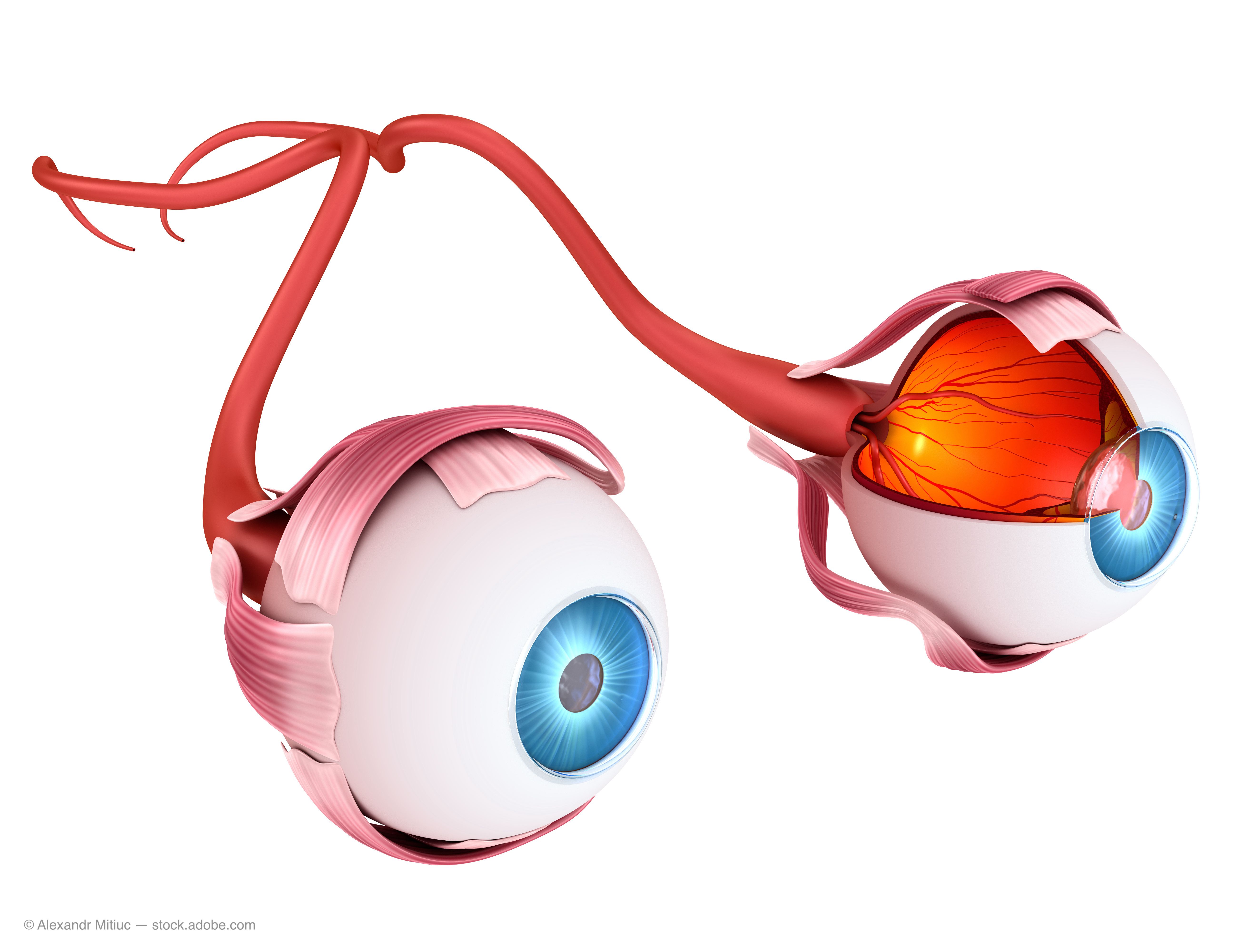- COVID-19
- Biosimilars
- Cataract Therapeutics
- DME
- Gene Therapy
- Workplace
- Ptosis
- Optic Relief
- Imaging
- Geographic Atrophy
- AMD
- Presbyopia
- Ocular Surface Disease
- Practice Management
- Pediatrics
- Surgery
- Therapeutics
- Optometry
- Retina
- Cataract
- Pharmacy
- IOL
- Dry Eye
- Understanding Antibiotic Resistance
- Refractive
- Cornea
- Glaucoma
- OCT
- Ocular Allergy
- Clinical Diagnosis
- Technology
Study: Lower IOP, medication burden in OAG patients
MIGS drainage device offers hope for challenging cases.

A novel supraciliary microinvasive glaucoma surgery (MIGS) drainage device (MINIject; iSTAR Medical) lowered IOP by 38% and decreased the number of medications needed by 12 months after implantation, according to Steven Vold, MD, who presented the study data on behalf of the investigators.
The findings were the result of a multicenter, prospective, interventional European trial of the device in patients with uncontrolled open-angle glaucoma (OAG).
Related: The use of MIGS trends and patterns in the US
“This MIGS implant represents a safety advantage of injection of the device into the supraciliary space compared with other surgeries that require a bleb and/or use of an ab-externo approach,” Vold said.
Vold, who is in private practice in Fayetteville, Arkansas, said the 5-mm supraciliary device is made of soft and flexible biocompatible silicone that was successfully implanted in 29 eyes in a standalone, ab-interno procedure. The device adapts to the scleral curvature, and 12 months after implantation remained stable in the implant location with no migration.
The primary study end point was the success rate 6 months postoperatively that exceeded 60%. Vold explained that the study defined success as a diurnal IOP of 21 mm Hg or less but more than 5 mm Hg with more than a 20% reduction in the IOP from baseline.
Related: Home IOP monitoring may be aftereffect of COVID-19 pandemic
Study findings
The patients’ mean baseline diurnal IOP was 24.6 plus or minus 3.8 mm Hg with use of a mean of 2.9 plus or minus 1.2 IOP-lowering medications. Six months after implantation, more than three-fourths of the patients met the primary end point.1
Twelve months after implantation, the mean diurnal IOP had decreased by 9.4 mm Hg, a 38% reduction from baseline, to 15. mm Hg, and the patients used a mean of 1.3 medications; 45% of patients no longer required medication, he reported.
Serious adverse events associated with the device included an IOP increase in 3 patients and eye pain, corneal erosion, and chorioretinal folds in 1 patient each; all of these resolved. The corneal endothelial cell density changed minimally.
Related: Eliminating the potential land mines in glaucoma surgery
Conclusion
“This supraciliary MIGS device implanted in a stand-alone procedure was shown to be a powerful treatment option to reduce IOP by 38% 12 months post implantation while decreasing the need for medication in patients with open-angle glaucoma,” the investigators concluded.
Investigators are still waiting for long-term results, up to 24 months. No date for their completion was given.
--
Steven Vold, MD
e:svold@voldvision.com
This article was adapted from Vold’s presentation at the American Glaucoma Society’s 2021 virtual annual meeting. Vold is a consultant to iSTAR Medical.
---
Reference
1. García Feijoó J, Denis P, Hirneiß C, et al; STAR-II Investigators. A European study of the performance and safety of MINIject in patients with medically uncontrolled open-angle glaucoma (STAR-II). J Glaucoma. 2020;29(10):864-871. doi:10.1097/IJG.0000000000001632
